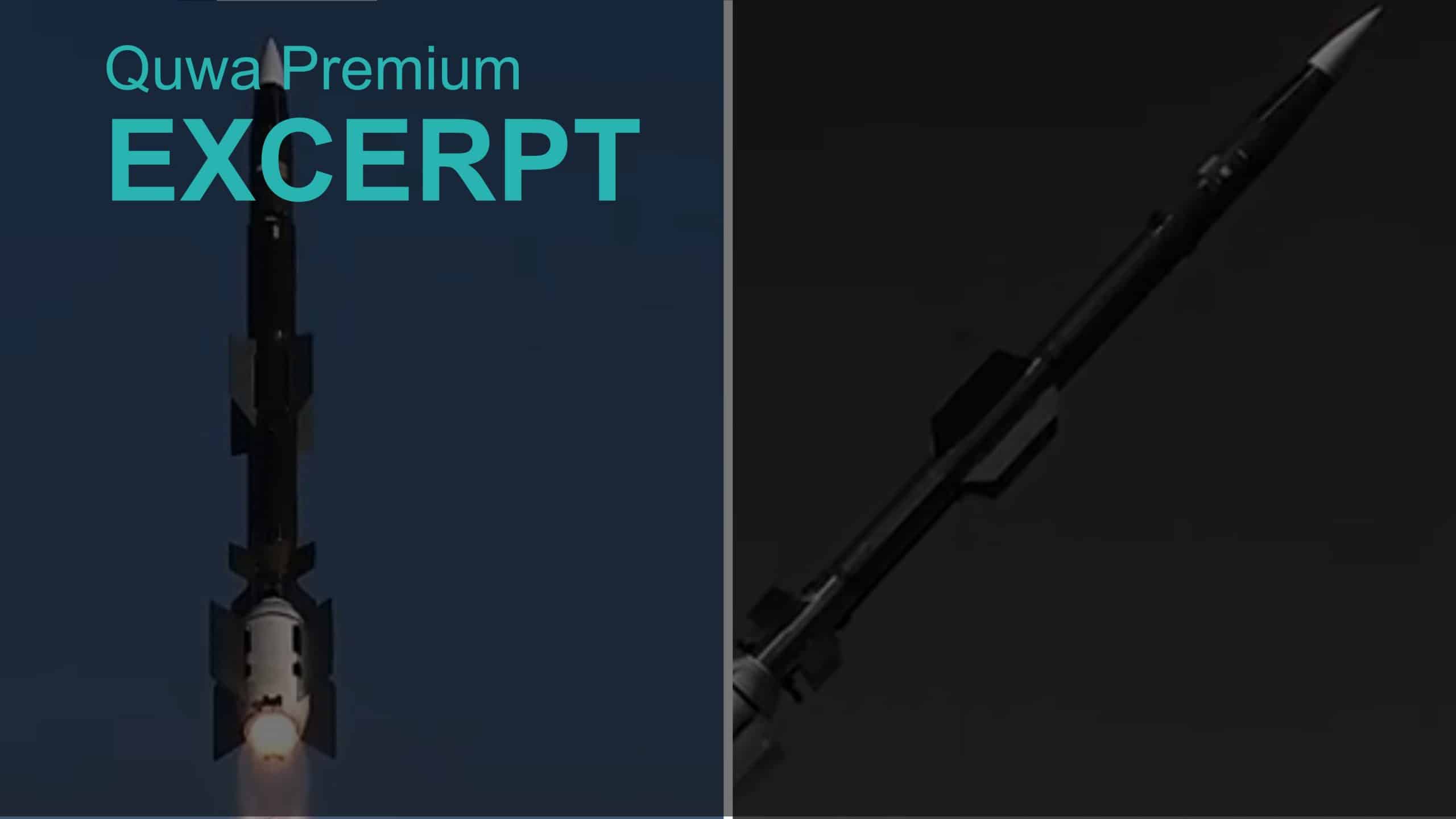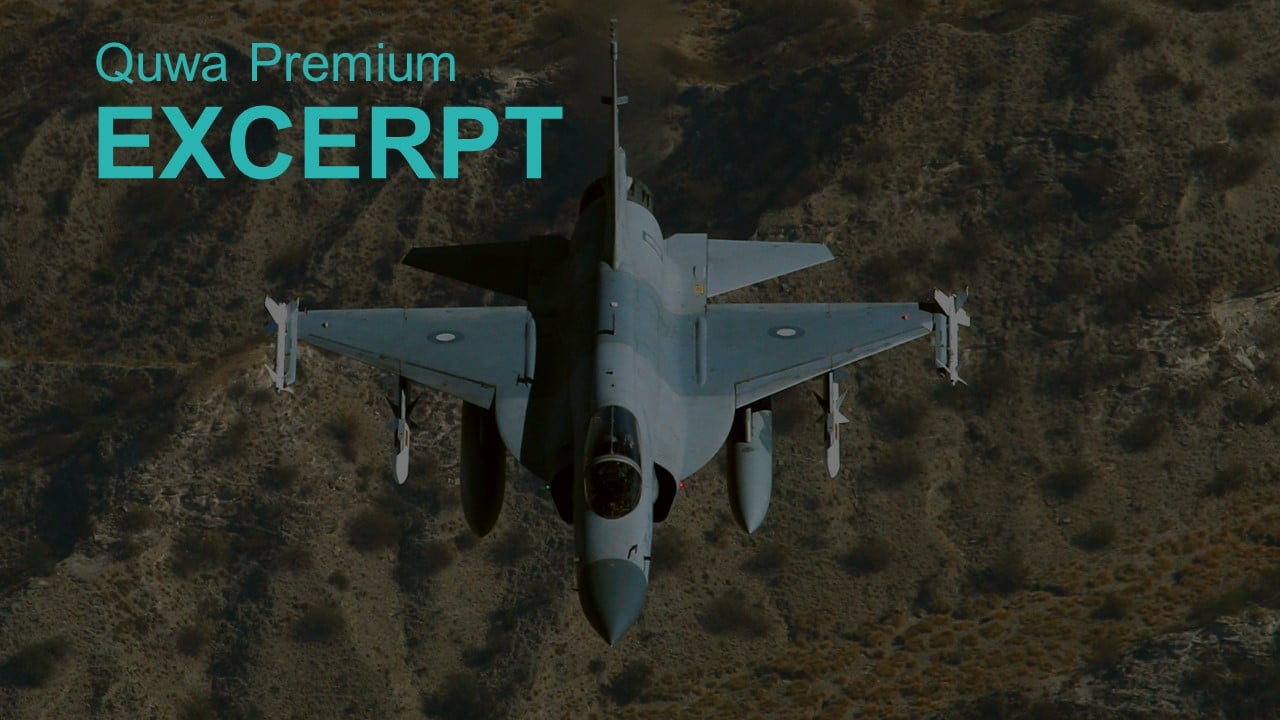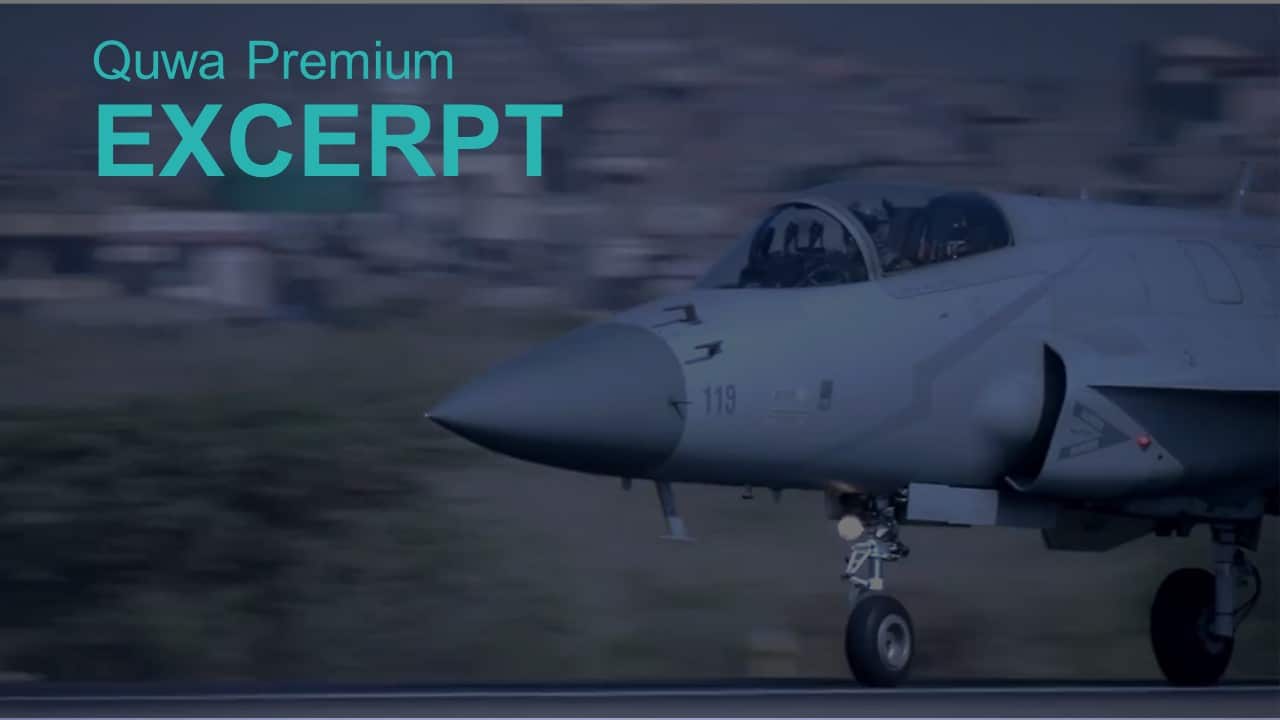3275Views

Turkey’s Indigenous Long-Range SAM Passes Key Milestone
On 06 November 2021, Turkey’s Presidency of Defence Industries (SSB) announced that the country test-fired its ‘SIPER’ long-range surface-to-air missile (SAM).
The SSB announced the test through Twitter. In a statement, the head of the SSB, Dr. Ismail Demir, stated that the test firing was a key stage in the development of the SIPER. The tweet includes a video of the test firing from Roketsan, one of the primary Turkish contractors of the SIPER program.
Roketsan carried out the test firing at an instrumented weapons range in the Sinop province, which is by the Black Sea. Turkey is working to induct the SIPER by 2023.
According to Demir (via an interview with the Daily Sabah), the SIPER relies on a dual-pulse motor rocket (DPMR) for propulsion. It can use an active radar-homing (ARH) and imaging infrared (IIR) seekers. Turkish officials did not disclose the SIPER’s range, but it will likely be around 100 km.
Turkey started the SIPER program following the collapse of its deal to purchase the HQ-9 due to pressure from NATO in 2015. While Ankara ultimately shunned NATO’s concerns by ordering the S-400 from Russia, it went ahead with an indigenous long-range SAM program. In 2018, Turkey’s top munitions manufacturer Roketsan, electronics vendor Aselsan, and R&D arm TÜBİTAK SAGE officially partnered to start the SIPER.
Comment: Time is Rewarding Turkey’s Vision
Turkey typically follows one road to localizing weapon systems. It starts with it initially seeking or buying a marquee Western weapon, but due to political issues, the supplier pulls its commitment.
In turn, Turkey promises itself and the world that it will develop its own solution. These declarations are often met with skepticism, especially from analysts and observers from outside of Turkey. From that point on, Turkey rallies its domestic state-owned and private sector contractors to develop subsystems and key inputs. Eventually, some years later, Turkey announces a major milestone (such as a test) and, as if out of nowhere, it seems that Turkey suddenly have a major indigenous weapon.
Unfortunately, those who do not follow Turkish defence development miss out on the years of work that Turkish companies undertake to reach key milestones. Publications such as Defence Turkey, MSI Turkish Defence Review, and others document that there are layers upon layers of R&D activities driving Ankara’s key programs. With consistent investment, implicit trust in civilian-led R&D centres, delegation to private sector players, and time, Turkey’s defence programs are materializing in spades…
End of Excerpt (400/1,1131 words)
You can read the complete article by logging in (click here) or subscribing to Quwa Premium (click here).
For More on Turkish Defence Programs, See:


